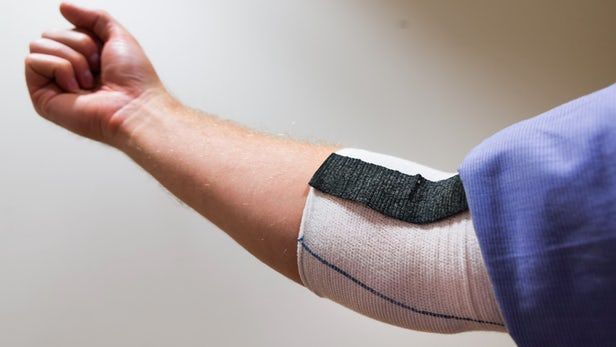Jan 29, 2017
Physicists Simulate Sending Particles of Light Into the Past, Strengthening the Case that Time Travel Is Possible
Posted by Karen Hurst in categories: cosmology, particle physics, quantum physics, time travel
Awesome! More news on the time crystals.
The source of time travel speculation lies in the fact that our best physical theories seem to contain no prohibitions on traveling backward through time. The feat should be possible based on Einstein’s theory of general relativity, which describes gravity as the warping of spacetime by energy and matter. An extremely powerful gravitational field, such as that produced by a spinning black hole, could in principle profoundly warp the fabric of existence so that spacetime bends back on itself. This would create a “closed timelike curve,” or CTC, a loop that could be traversed to travel back in time.


















